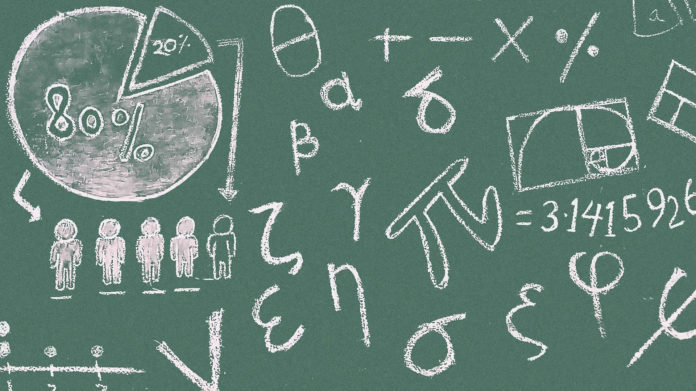Random Walk in maths would be what could be compared to flipping a coin to choose which direction you would take with each step.
Now, scientists at Caltech have solved this long-standing problem related to Random Walk.
Unlike mathematicians in space, who imagine a random walk in spaces with different dimensions and geometries, scientists in a new study believed random walks on “groups,” which are objects that can have very diverse geometries.
For certain groups, the Random Walk will eventually, after much time has passed, unite in a particular direction. In those cases, the walks are said to be path-dependent, which implies that something that occurred at the beginning influences the result. In any case, for different groups, the heading of the walks doesn’t combine, and their history doesn’t affect their future.
Caltech’s Omer Tamuz, professor of economics and mathematics, asked, “For a random process, is it true that in the long run, everything washes out and whatever happens will happen regardless of what took place earlier? Or is there a memory of what took place before?”
“Say you have two societies, and one of them makes some technological advancement while the other suffers a natural disaster. Are these differences going to persist forever, or will they eventually disappear, and we’ll forget that once there was an advantage? In random walks, it has been long known that there are groups that have these memories, while in other groups, the memories are erased. But it was not clear which groups have this property and which don’t—that is, what makes a group have memory? This is what we figured out.”
“The solution had to do with finding a “geometric way of describing an algebraic property of the groups. To understand the gist of this, think of a circle. You can describe the circle geometrically (as the set of all points at a given distance from one point), or you can describe it with an algebraic equation. In the case of the random-walk problem, the mathematicians found a new way of thinking about the connections between the geometric and algebraic properties of the groups they were studying.”
Joshua Frisch, a graduate student from CalTech, said, “The solution had to do with finding a geometric way of describing an algebraic property of the groups. To understand the gist of this, think of a circle. You can describe the circle geometrically (as the set of all points at a given distance from one point), or you can describe it with an algebraic equation. In the case of the random-walk problem, the mathematicians found a new way of thinking about the connections between the geometric and algebraic properties of the groups they were studying.”
Pooya Vahidi Ferdowsi, also from CalTech, said, “We were shocked by how easy it was to solve the problem once we figured out this connection.”
Frisch says that the big realization they had for this math problem grew from a previous problem that was much harder.
“I had been bashing my head for a few months on it and couldn’t make any progress,” he says, “But then we had this eureka idea that applied not only to what we were working on then but also to this more recent problem. It feels excellent when you realize, ‘Oh my god, this is going to work.'”
Journal Reference:
- Choquet-Deny groups and the infinite conjugacy class property. DOI: 10.4007/annals.2019.190.1.5
